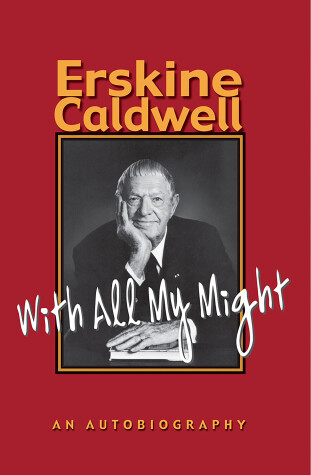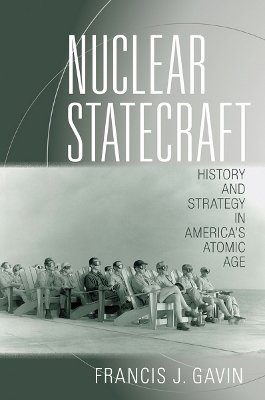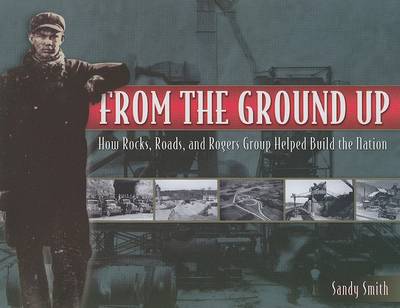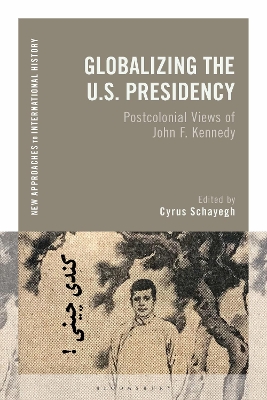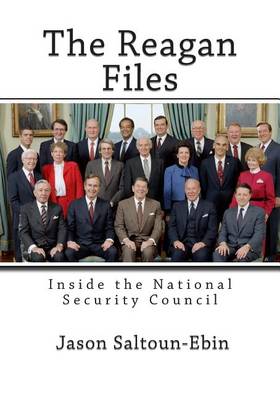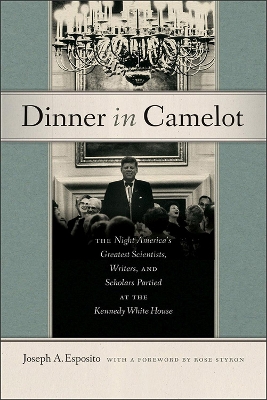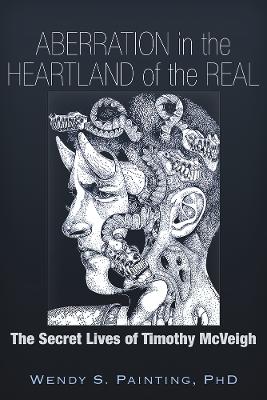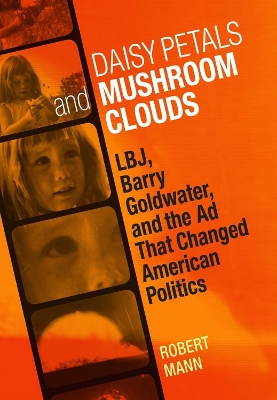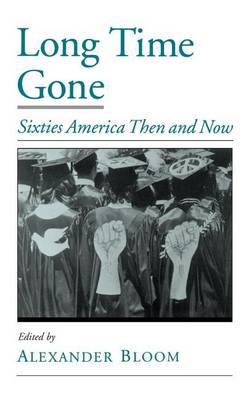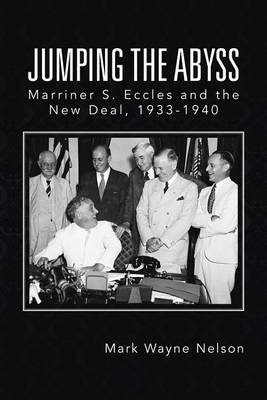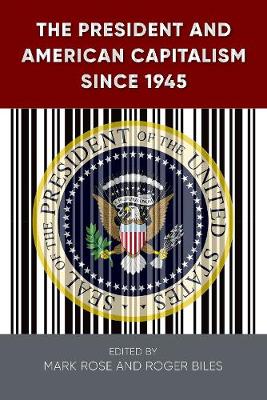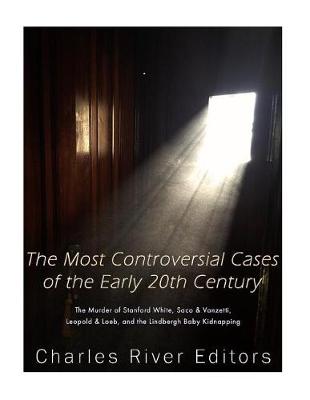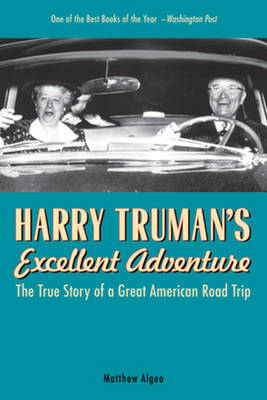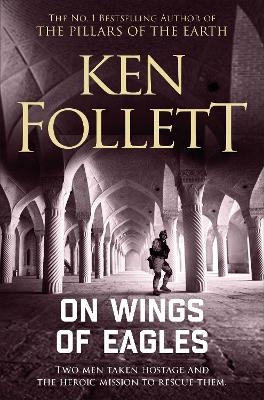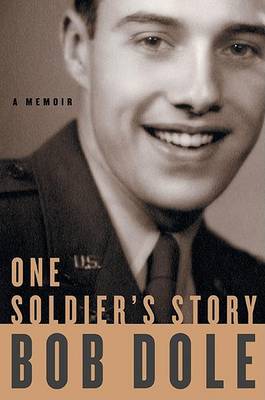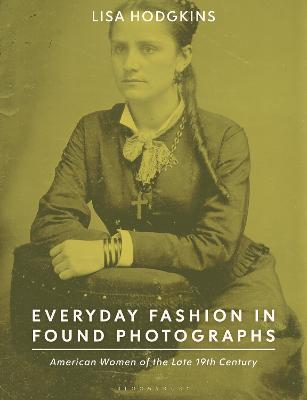In With All My Might, his definitive autobiography, Caldwell tells about his work as a cotton picker, stagehand, professional football player, and war correspondent for Life magazine during World War II. In 1932, Erskine Caldwell's first novel, Tobacco Road, was the center of controversy. Some critics condemned the book; others considered it to be the work of a genius. Today Caldwell's fifty-plus books have sold more than 80 million copies worldwide, and his stature as a writer has been firmly e...
Nuclear Statecraft (Cornell Studies in Security Affairs)
by Francis J. Gavin
We are at a critical juncture in world politics. Nuclear strategy and policy have risen to the top of the global policy agenda, and issues ranging from a nuclear Iran to the global zero movement are generating sharp debate. The historical origins of our contemporary nuclear world are deeply consequential for contemporary policy, but it is crucial that decisions are made on the basis of fact rather than myth and misapprehension. In Nuclear Statecraft, Francis J. Gavin challenges key elements of t...
Globalizing the U.S. Presidency (New Approaches to International History)
Using John F. Kennedy as a central figure and reference point, this volume explores how postcolonial citizens viewed the US president when peak decolonization met the Cold War. Exploring how their appropriations blended with their own domestic and regional realities, the chapters span sources, cases and languages from Latin America, Africa, Asia and Europe to explore the history of US and third world relations in a way that pushes beyond US-centric themes. Examining a range of actors, Globalizi...
Dinner in Camelot - The Night America`s Greatest Scientists, Writers, and Scholars Partied at the Kennedy White House
by Joseph A Esposito and Rose Styron
In April 1962, President and Mrs. John F. Kennedy hosted forty-nine Nobel Prize winners - along with many other prominent scientists, artists, and writers - at a famed White House dinner. Among the guests were J. Robert Oppenheimer, who was officially welcomed back to Washington after a stint in the political wilderness; Linus Pauling, who had picketed the White House that very afternoon; William and Rose Styron, who began a fifty-year friendship with the Kennedy family that night; James Baldwin...
As an American living in the early 1950s, you might have found yourself forced to answer the question: "Are you now or have you ever been a member of the Communist party?" You might have heard accusations that your own government was "soft on Communism." Congress had determined that your children must include the phrase "under God" when reciting the Pledge of Allegiance. The Cincinnati Reds had changed their name, briefly, to "Redlegs" to avoid confusion with any other "Reds." In Indiana, some c...
What Did the Constitution Mean to Early Americans? and Andrew Jackson V.
by University Edward Countryman and University Harry L Watson
Daisy Petals and Mushroom Clouds
The grainy black-and-white television ad shows a young girl in a flower-filled meadow, holding a daisy and plucking its petals, which she counts one by one. As the camera slowly zooms in on her eye, a man's solemn countdown replaces hers. At zero the little girl's eye is engulfed by an atomic mushroom cloud. As the inferno roils in the background, President Lyndon B. Johnson's voice intones, ""These are the stakes -- to make a world in which all of God's children can live, or to go into the dark...
In the heat of June in 1943, a wave of destructive and deadly civil unrest took place in the streets of Detroit. The city was under the pressures of both wartime industrial production and the nascent civil rights movement, setting the stage for massive turmoil and racial violence. Thirty-four people were killed, most of whom were Black, and over half of these were killed by police. Two thousand people were arrested, and over seven hundred sustained injuries requiring treatment at local hospitals...
Long Time Gone: Sixties America Then and Now. Viewpoints on American Culture
Mark Wayne Nelson details the efforts of one of America's most underappreciated public servants. In 1934, Franklin D. Roosevelt invited Marriner S. Eccles, a Mormon from Utah, to join his administration.As a Republican businessman, Eccles seemed an unlikely candidate for the role of leading crusader for a fairer and more economically sound distribution of the nation's wealth. From his first position in the Treasury Department, though, he emerged as the central mover in revolutionizing the mortga...
The President and American Capitalism since 1945 (Alan B. Larkin Series on the American Presidency)
Tracing the development of the U.S. presidency since Harry S. Truman took office in 1945, this volume describes the many ways the president's actions have affected the development of capitalism in the post-World War II era. Contributors show how the American "Consumer-in-Chief" has exerted a decisive hand as well as behind-the-scenes influence on the national economy and everyday American life. The essays in this volume highlight the president's impact on various areas including work, gender di...
The Most Controversial Cases of the Early 20th Century
by Charles River Editors
On Wings of Eagles is the thrilling novel based on the incredible real-life rescue of two Americans by a Green Beret colonel and a group of corporate executives from revolutionary Iran, from number one bestseller Ken Follett.A Terrifying PrisonAs Iran descends into revolution, two Americans get caught up in the upheaval. They are captured and held in a heavily guarded fortress. Their situation is desperate, with the US government refusing to get them out. But all hope is not lost . . .A Daring R...
Born in Civil War-era Cincinnati in 1857, William Howard Taft rose rapidly through legal, judicial, and political ranks, graduating from Yale and becoming a judge while still in his twenties. In 1900, President William McKinley appointed Taft to head a commission charged with preparing the Philippines for US-led civil government, setting the stage for Taft's involvement in US-Philippine relations and the development of his imperial vision across two decades. While biographies of Taft and histori...
In the last half of the 19th century, the women of America were beginning to develop their own sense of style. Although influenced by European fashions and the social and economic changes of the time, they made clothing choices based upon their personal aspirations and their practical everyday needs. Providing an overview of fashion influences for each decade from the 1860s to the end of the century, Everyday Fashion in Found Photographs presents iconic garments, using sources from the period,...
